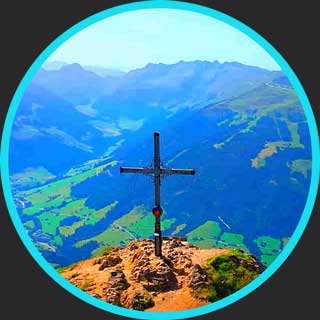Walk in Passau, Germany
Passau is a city in Lower Bavaria, Germany, also known as the Dreiflüssestadt (“City of Three Rivers”) as the river Danube is joined by the Inn from the south and the Ilz from the north.
In the 2nd century BC, many of the Boii tribe were pushed north across the Alps out of northern Italy by the Romans. They established a new capital called Boiodurum by the Romans (from Gaulish Boioduron), now within the Innstadt district of Passau.
Passau was an ancient Roman colony called Batavis, Latin for “for the Batavi.” The Batavi were an ancient Germanic tribe.
During the second half of the 5th century, St. Severinus established a monastery here.
In 739, the recently consecrated English archbishop Boniface founded the diocese of Passau, which for many years was the largest diocese of the German Kingdom/Holy Roman Empire, covering territory in southern Bavaria and most of what is now Upper and Lower Austria.
In 1662, a devastating fire consumed most of the city. Passau was subsequently rebuilt in the Baroque style.
Passau is notable for its gothic and baroque architecture. The city is dominated by the Veste Oberhaus and the Veste Niederhaus, both parts of the former fortress of the Bishop, on the mountain crest between the Danube and the Ilz.
Tourism in Passau focuses mainly on the three rivers, the St. Stephen’s Cathedral (Der Passauer Stephansdom) and the Old Town (Die Altstadt).
With 17,774 pipes and 233 registers, the organ at St. Stephen’s was long held to be the largest church pipe organ in the world and is today second in size only to the organ at First Congregational Church of Los Angeles, which was expanded in 1994. Organ concerts are held daily between May and September.
St.Stephen’s is a true masterpiece of Italian Baroque, built by Italian architect Carlo Lurago and decorated in part by Carpoforo Tencalla. Before the cathedral is a large square (Domplatz). The Old Town, located nearby, features colorful buildings and narrow streets.
Among many other churches are the Jesuits church of St. Michael, the oldest parish church of St. Paul and the pilgrim church Mariahilf on the hill south of the rivers Inn and Danube.
In the aftermath of World War II, the city was heavily damaged by Allied bombing and underwent significant reconstruction.
Many river cruises down the Danube start at Passau and there is a cycling path all the way down to Vienna. It is on the designated heritage route, the Route of Emperors and Kings.
Video Source: PASSAU, Germany 🇩🇪 – 4K 60fps (UHD) from POPtravel on Youtube ⁄ CC BY






